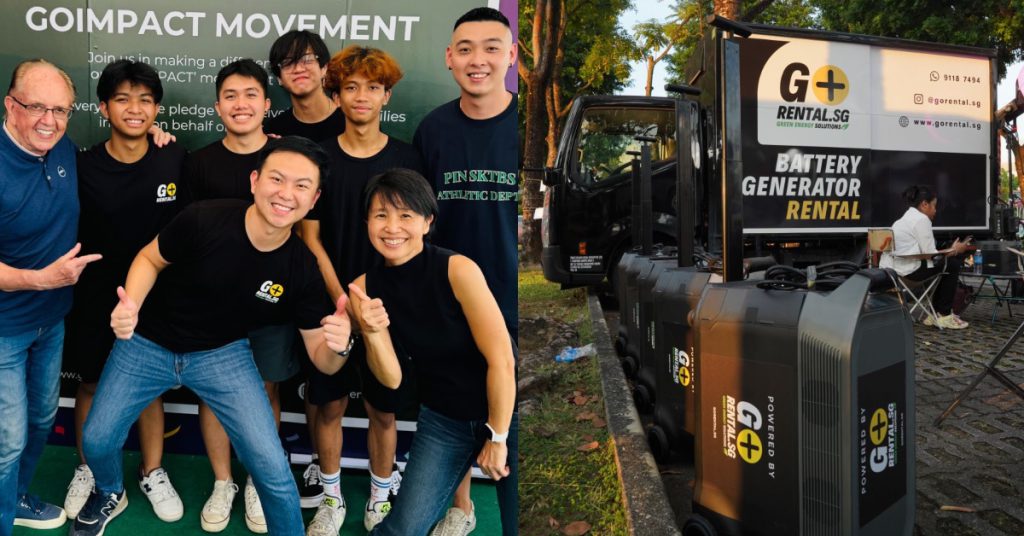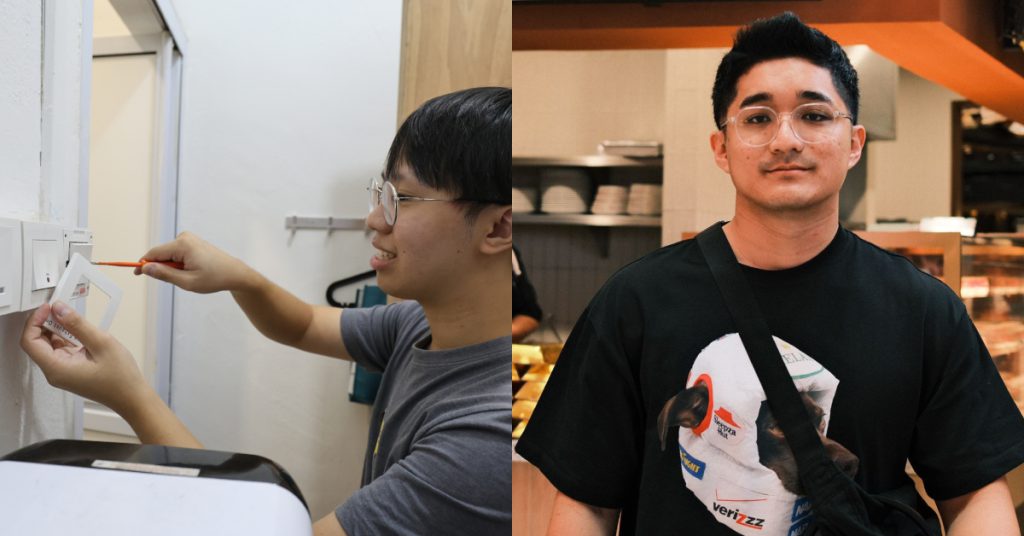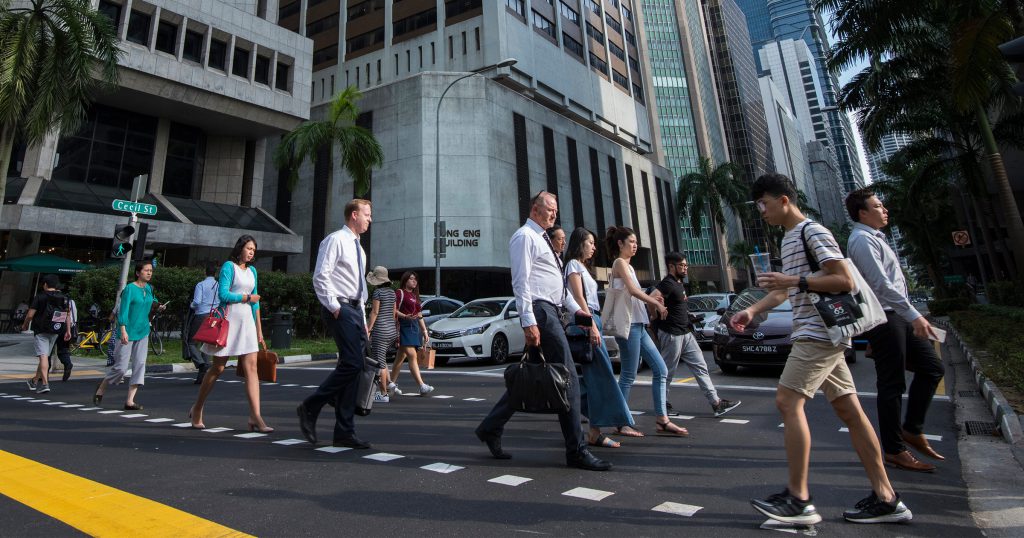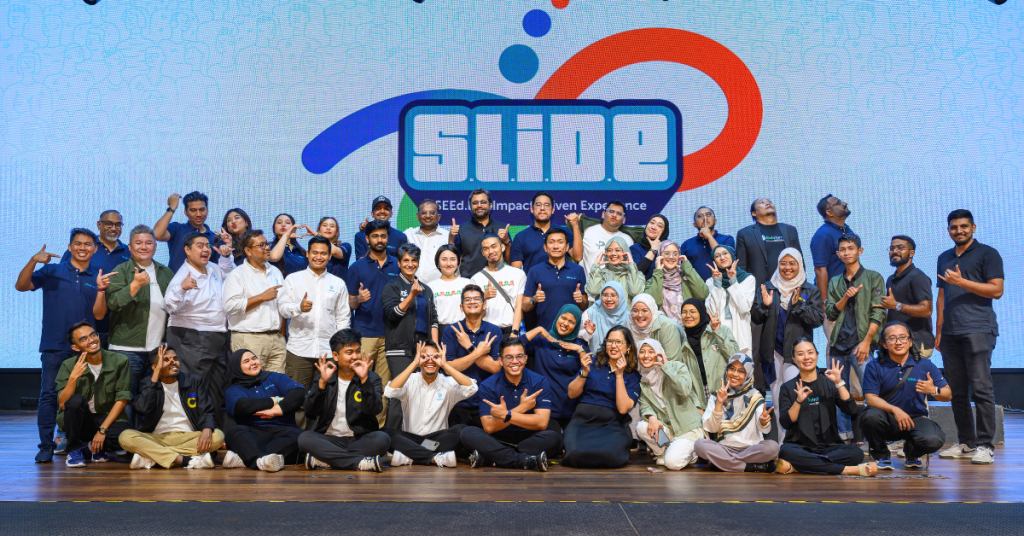- With the government introducing new regulations for the e-hailing industry in Malaysia, many drivers found themselves largely affected by new demands set upon them such as license requirements and vehicle safety ratings.
- We surveyed a few Malaysian e-hailing drivers to get their opinions on the matter.
Most of the time, we read about the safety of e-hailing riders being jeopardized. However there have been cases where the safety of drivers were put at similar risk, and not just once.
To combat this, the government recently stepped in to solve the issues of safety in regards of e-hailing by introducing new regulations which have already been in effect since July 12.
“Drivers for ride hailing or e-hailing services such as Grab will have to comply with a raft of new rules set by the government to ensure a level playing field between the e-hailing and conventional taxi industries,” said Transport Minister Anthony Loke.

Some of these regulations include the requirement for passengers to upload their ICs to ensure driver safety, as well as insurance plans for the car, drivers, passengers and third parties.
But there were also some new rulings that impacted e-hailing drivers in a more immediate manner:
- Drivers are also now required to obtain a RM200 Public Service Vehicle (PSV) license, which will require them to pass a six-hour course at designated driving centres as well as criminal and medical checks.
- E-hailing cars need to have a minimum three-star ASEAN NCAP rating, and cars over three years old must be inspected by Puspakom for an RM55 fee.
- Commissions for e-hailing drivers will be capped at 20%, and surcharges for fares must not exceed more than double the value of the original fare.
Curious to find out what e-hailing drivers think of the new regulations, we interviewed a few of them to get their opinions. These are some of them:
*As Grab is currently the ride-hailing service with the most market share in Malaysia, most of our interviewees were Grab drivers. As such, Grab was mentioned (intentionally or unintentionally) as a case study for the majority of these questions.
PSV: Not good for part-time drivers.
“This new regulation will be a burden to drivers as many of us are part timers. I foresee many part timers will not take PSV license,” said one respondent.
“Grab already has internal controls such as their driver rating system, acceptance rating and even cancellation rating, thus there is no need for us to get a PSV license,” added another.
Some drivers used taxi drivers as a comparison as they already are required to have a PSV license.
“Grab’s rating system is stringent enough and much better in ensuring drivers observe all decorum and civility, we all know that most Taxi drivers with PSV are ill mannered and irresponsible.”

Others complained that it was another way that the government is trying to make a profit out of.
“The PSV license is just another excuse by the government to make a profit out of every issue, the government should help fix the problem and not add or create more problems.”
Rate changes: a non-factor?
Before the changes, new drivers who registered after 16 March 2018 were charged a 25% commission while those who already registered before were charged a 20% commission on Grab. Now, all drivers are held at a maximum fixed rate of 20%.

In response, many drivers were indifferent towards the new cap in commission rates, with some thinking that 20% was still too much.
“I consider myself as a ‘senior’ Grab driver as I am only charged with 20%. Even though I am charged with 20% from the fare but my car maintenance is also quite high.”
Another driver said a raise in ride fares would help better instead of a commission cap.
“A 5% reduction from the normal 25% has some impact but a RM2 hike in fare is better and much more justifiable.”
Adding on, drivers were also unhappy about the surcharge limit, with many claiming that the changes would adversely affect their income during peak hours.
“E-hailing is charged based on a fixed fare but taxi’s charge their rides based on a meter. It will be a disadvantage to e-hailing drivers during peak hours as they are only subjected to a maximum 2 times higher fare.”
What about job security?
“I haven’t made my decision yet on whether should I continue or not in this industry as there is no job security in the e-hailing industry,” said one driver regarding the effect of the new regulations on her source of income.
“E-hailing companies are biased towards riders, they will take the complaints and act on it without any investigation. Our rice bowls can easily be jeopardised by rider complaints,” she added.
“With new regulations and the cost to obtain PSV, our job is not secure and I believe many will find an alternative to driving.”
Understandably, many have already devoted their whole career towards e-hailing and don’t know what to do now.
“After buying a new car I don’t know how to quit even though that’s the best course of action, they all know we’re in a Catch 22 position.”
“Customers will suffer with us.”
For the most part, drivers agreed that these changes would also negatively impact the consumer.
“Consumers will be affected by this new ruling and I foresee the price of rides will become higher and there will be a longer waiting time due to the lack of drivers on the road.”
“With this new regulation and extra costs coming in, if the fare still remains as it is, drivers cannot make a living, it will force more drivers to leave the industry. Bottom line is that drivers need to make a living in order to keep driving on the road.”
Mostly thumbs down.
With the current situation in the e-hailing community, things don’t look so good for the future of drivers nor consumers.
“Most of us won’t be happy with these new regulations as we have to go through the same procedures to become a taxi driver, but without the benefits and subsidies that taxi drivers enjoy.”
To end it, one driver told us to be prepared for the worse.
“Be prepared for fare hikes due to many of us leaving the industry.”
Moving forward, it will now be interesting to see just how e-hailing services in Malaysia will cope with these changes. Despite all the goings-on, we can only hope that it all ends well for both the drivers and the riders.
Feature Image Credit: Ore Huiying/Bloomberg














